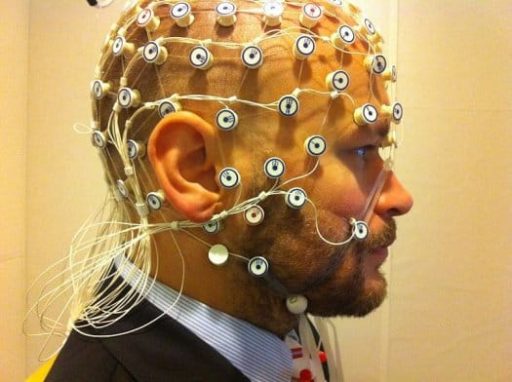Researchers are trying more and more these days to find alternate means of data storage. They are looking for such means which are inexpensive, efficient and effective at the same time. In a recent research by scientists at National Tsing Hua University, Taiwan, it has been found that data be stored on the DNA of salmon fish. And it has the ability to retain current even after voltage supply stops. This can lead to the creation of a new kind of storage devices.
How does it work?
This is how it works: A thin film of salmon DNA is taken and it is coupled with silver atoms. This is then sandwiched between two electrodes. As we shed some UV light on it, the atoms come together and they give birth to nano-particles.
Now, when the voltage supply to this equipment exceeds a certain limit, a high current starts flowing through the DNA. This is denoted as the ‘on’ state.
The most interesting aspect is that when the device is turned ‘on’ or ‘off’, it retains it’s conductivity. This means that when it’s turned on, it will stay on for at least 30 hours, even if you reduce the voltage or even eliminate it. Similarly, if you turn the device off, it will remain off even if you apply a high voltage. This retention of conductivity of salmon DNA can be used in a number of useful ways.
Through this break-through, scientists are hoping that they may create an all-new kind of storage devices. Although this is still in the research phase, this shows that salmon DNA can be used to create such devices.
Image courtesy jdavis.
[ttjad keyword=”general”]




